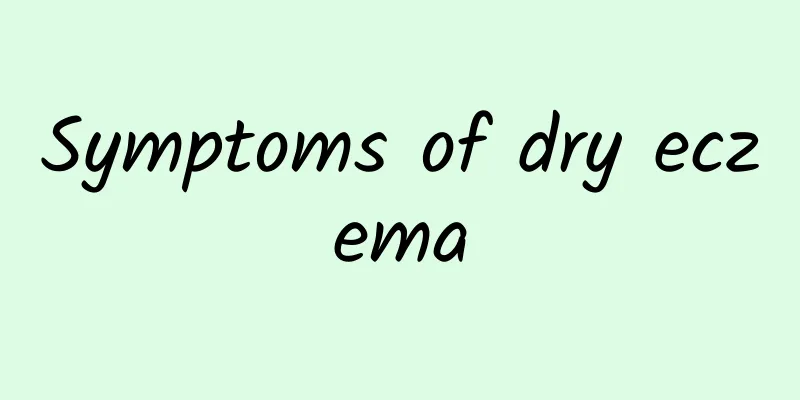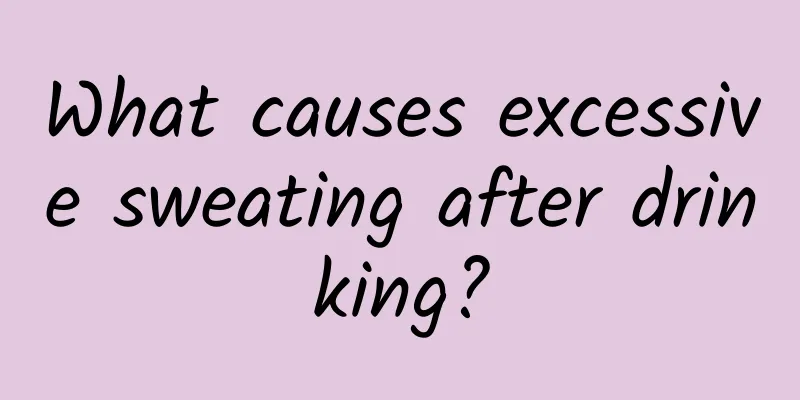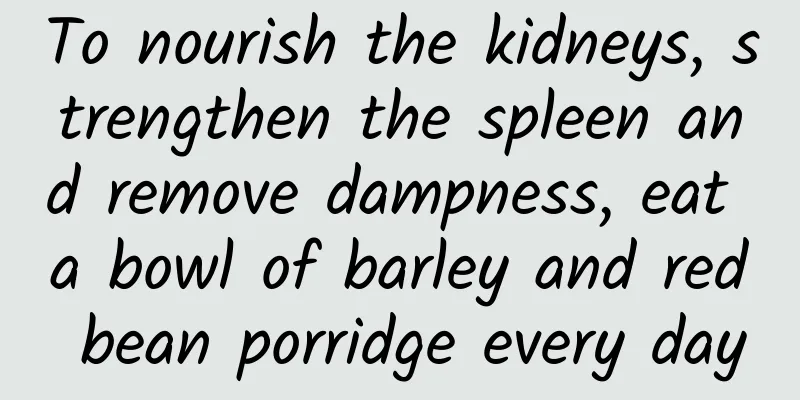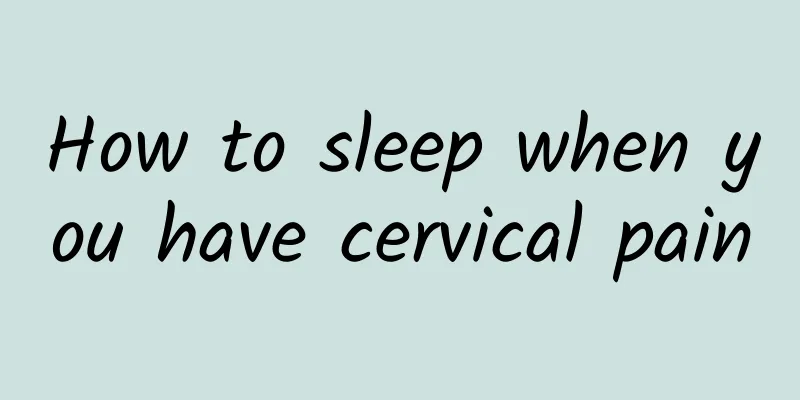Symptoms of spinal cord conus injury, early symptoms should be taken seriously

|
The thinning of the tail end of the spinal cord is also called conus medullaris injury. The early symptoms of the patient are incontinence, but there are no obvious obstacles to the limbs and nerves. This is easy to misdiagnose, and some auxiliary examinations should be carried out in time to confirm the diagnosis and treatment. 1. Simple conus medullaris injury is a relatively special type, because the patient only shows incontinence in the early stage, and there are no symptoms and signs of nerve damage in the limbs and trunk, so it is very easy to miss the diagnosis. 2. The inferior pole of the conus medullaris is located between Tl2 and LI , most of which are in the LI plane and are surrounded by the cauda equina. This anatomical feature determines that the injuries around the conus medullaris are mainly mixed injuries of the cauda equina and the conus medullaris. However, the tissue properties of the cauda equina and the conus medullaris are different. The former belongs to the peripheral nerve and has a strong buffering ability against external forces, while the latter belongs to the central nervous system and is relatively fixed, and has a poor buffering ability against external forces. Therefore, although the patient is also traumatized, only the conus medullaris may be damaged. The conus medullaris contains the bladder center (s2-4) and the anorectal center (s3), so the clinical features of simple conus medullaris are bladder overdistension and paralytic incontinence, urinary and fecal incontinence, sexual dysfunction, and perineal sensory disturbance. Because the motion segment is above, it is not affected. For patients with normal sensation and movement of both lower limbs and only T2-I site damage with urinary retention, careful examination is necessary, such as: anal sphincter muscle tone, anal reflex, bladder residual urine measurement (for incomplete urinary incontinence), ice water test, whether there is any impairment of saddle skin sensation, and the bulbocavernosus reflex of male patients. Cystokinesiology and urodynamics are important auxiliary examination methods for assessing the basic functions of the cone and cauda equina. These tests, combined with other clinical findings, can assess the likelihood of neurological recovery. |
<<: Can essential tremor be cured? Choosing the right method is important
>>: What to do with spinal cord injury? Rehabilitation training for spinal cord injury
Recommend
Why should you drink more water when you have a cold?
I believe everyone is familiar with the disease o...
Causes of aging
Aging is a natural process that everyone goes thr...
Why are my palms itchy?
Have you ever had the experience of itchy palms? ...
Symptoms of Hypertensive Heart Disease
Hypertension and heart disease are very harmful t...
What medicine is effective in stopping menstruation?
For healthy women, each menstrual period lasts ab...
Stomach bloating in the second month of pregnancy
Various gastrointestinal diseases are very common...
Which five elements do the heart, liver, spleen, lungs and kidneys correspond to?
From a metaphysical point of view, the five eleme...
How to treat teeth grinding at night? An old Chinese doctor teaches you how to treat teeth grinding
Some people start grinding their teeth unconsciou...
What is the medicinal value of black ganoderma
Black Ganoderma is very rare, with a lacquer-like...
What fruits to eat when your liver is not in good condition? 9 kinds of liver-protecting fruits
Nowadays, more and more people have poor livers. ...
What are the methods to eradicate stomach problems?
Due to high work pressure, many people cannot eat...
What is the disease of air bubbles in the lungs?
The lungs are the place where the human body exch...
Chest tightness and rapid fetal heart rate
Pregnant women are in a special period. As the fe...
A ray of light can actually nourish your "window of life"
According to traditional Chinese medicine, the li...
How to tell if you have liver palms
There is a saying that goes like this: Long illne...









